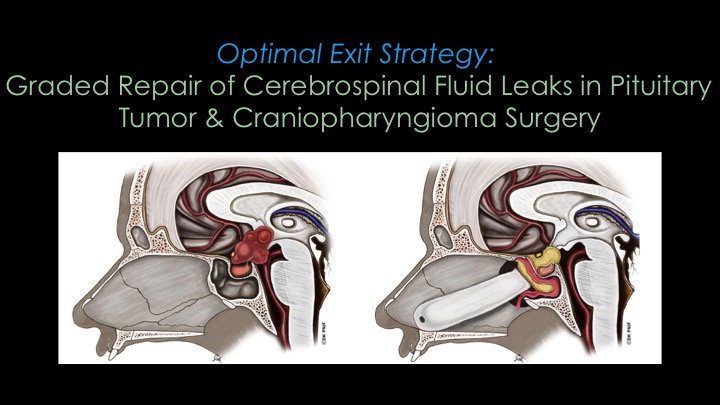
He divided them into acute traumatic, postoperative, delayed traumatic, and spontaneous. In 1937 Cairns, 19 a British neurosurgeon, was the first to propose a classification of CSF rhinorrhea. Luckett 73 was the first, in 1913, to publish this event by describing the presence of an intracranial aerocele. 29 It was not until the advent of radiographic techniques that the presence of a communication between the cranial and nasal cavities was diagnosed in a live patient. In 1745 Bidloo the Elder was the first to describe CSF rhinorrhea after a traumatic skull fracture and correlate them. Literature review of studies on endoscopic transnasal repair of CSF rhinorrhea * Authors & Year We excluded those studies in which the number of leaks, rather than the number of patients, were reported. We were unable to find any articles that reported studies exclusively on accidental posttraumatic CSF rhinorrhea. We found 37 articles that discussed patients with posttraumatic CSF rhinorrhea ( Table 1). Regarding the extracranial endoscopic repair of posttraumatic CSF leakage, we reviewed the English literature published in the period from 1980 to 2009. We reviewed the literature on nonsurgical and intracranial and extracranial surgical treatment of posttraumatic CSF rhinorrhea. We focused our review on the methods of clinical, chemical, and imaging diagnosis of CSF rhinorrhea following traumatic injury.

Furthermore, we excluded all publications referring to patients younger than 18 years of age. We also excluded publications that classified postsurgical CSF rhinorrhea as posttraumatic. The key words used for our search included “anterior skull base fracture,” “skull base endoscopy,” “surgical treatment of skull fractures,” “head trauma,” and “CSF rhinorrhea.” All publications referring to CSF rhinorrhea not of traumatic origin were excluded from our analysis, and only those referring to the CSF rhinorrhea following traumatic anterior skull base fractures were included. Having conducted a thorough review of existing literature, we discuss here the pathophysiology, diagnosis, and management of CSF rhinorrhea relevant to traumatic anterior skull base injuries and attempt to identify areas in which further research is needed.įor this review, primary and secondary neurosurgery, otorhinolaryngology, craniofacial surgery, and general surgery literature in the English language and published in the period from 1926 to 2009 was searched on Medline. 10įurthermore, the issues related to CSF leak caused by traumatic injury are complex and multiple. In addition, no authors have consistently analyzed the success of nonsurgical treatment modalities, such as bed rest and CSF diversion, and still little is known about the incidence and natural history of this disease entity, the need for antibiotics, and the surgical indications for and timing of intervention. Most published articles, while documenting the efficacy of endoscopic surgery to repair CSF leaks, have failed to separate patients into distinct etiological groups when reporting outcome. 95, 118 The leak can occur wherever the dura mater is lacerated during injury and there is a communication between the intracranial and nasal cavities.ĭespite many advances, it is still difficult to critically interpret the literature with regard to the optimal management of CSF leakage following craniomaxillofacial trauma. 118 The estimated incidence of basilar skull fracture from nonpenetrating head trauma varies between 7% and 15.8% of all skull fractures, with associated CSF leakage occurring in 10%–30% of these patients.

Approximately 80% of all cases of CSF rhinorrhea are caused by head injuries that are associated with cranial fractures. It is estimated that meningitis develops in approximately 10%–25% of patients with this disorder, and 10% of them die as a result. C erebrospinal fluid rhinorrhea is a serious and potentially fatal condition that still presents a major challenge in terms of its diagnosis and management.


 0 kommentar(er)
0 kommentar(er)
